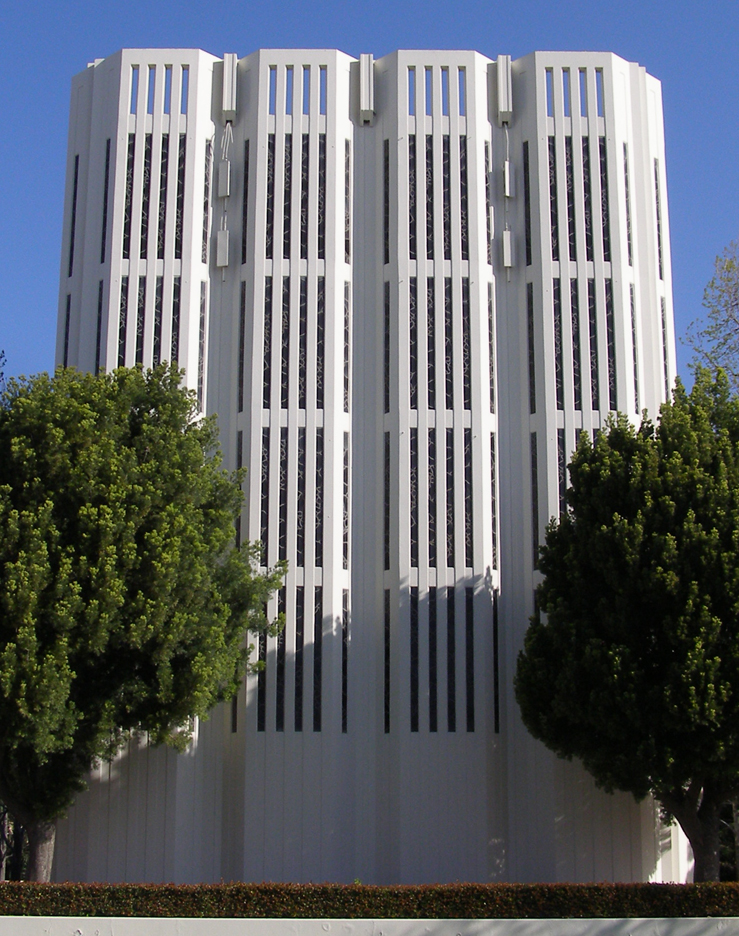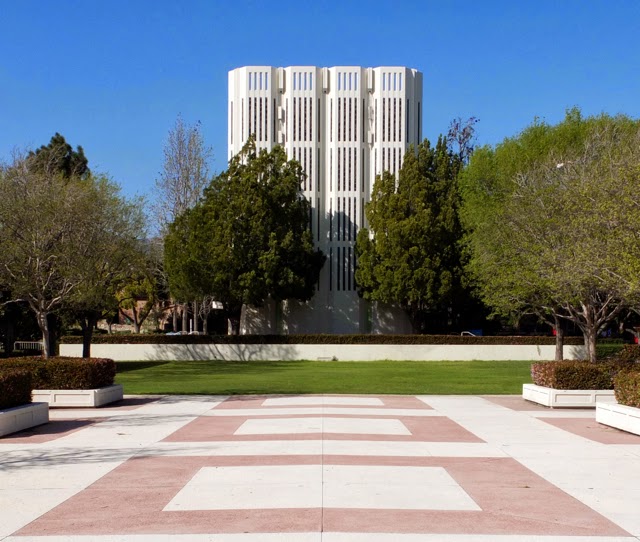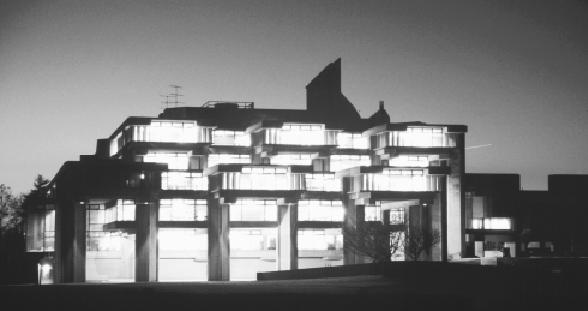Holy crap these are bad. Theres a couple examples that came out good, but overall this has to be the worst architectural style...ever. I dont think theres anything wrong with saying overall this was one huge mistake. It goes with the times though, the 50s had a horribly wrong view of what the future was going to be aesthetically, culturally, technologically... because nothing that became of the future had been laid yet. That made it a completely skewed vision that was 100% wrong and it deviated so far from the norm that it was detrimental. Things that “work” are natural progressions, these were not, thats why they dont hold up.
It was a look towards the future, before having any idea of what that was, where none of the groundwork for the future had been laid yet, and on top of that forgetting the past. Recipe for disaster...and it was. The future is never a clean break from the past, its always a progression, brutalism was a clean break, thats why it doesnt work. Once the 60s hit the cultural groundwork of the future had been laid, the 70s the aesthetic, and 80s the technological groundwork was laid. The times we live in now are all progressions from things that were laid then and before as well. Brutalism of the 50s was about forgetting the past and looking towards the future before any of the foundation had been laid. I think thats why its so disconnected...from everything.
Also I dont think we “have” to keep the absolute duds, just because theyre “historic”. That means youre stuck with mistakes forever. Thats unfair. I think the important pieces should be kept, also spread out as too many in one place is bad, but unfortunately so many of them are so cold and disconnected that keeping them is a detriment to everything you have. Some schools may be cold and unforgiving forever if they have no choice but to keep this stuff. Thats a tough position to be in.
I think we need to have a real conversation about this stuff and what to do with it, because a lot of it is detrimental to keep around. Do we need to keep it as is? How much can it be changed? Should we just get rid of the real bad stuff? Is this era even important? Things like the city hall are a DISASTER, but now we have to have a conversation about how to keep it... that sucks. Unfortunately this was also the time of urban renewal so theres lots of it and as bad as it is it had a HUGE impact. Were going to be affected by it forever like with the west end, but in lots of cases if you do it right it can be beneficial like creating the greenway from the central artery. It could have been worse too like the highway through central sq or the cross manhattan expressway...yikes.













